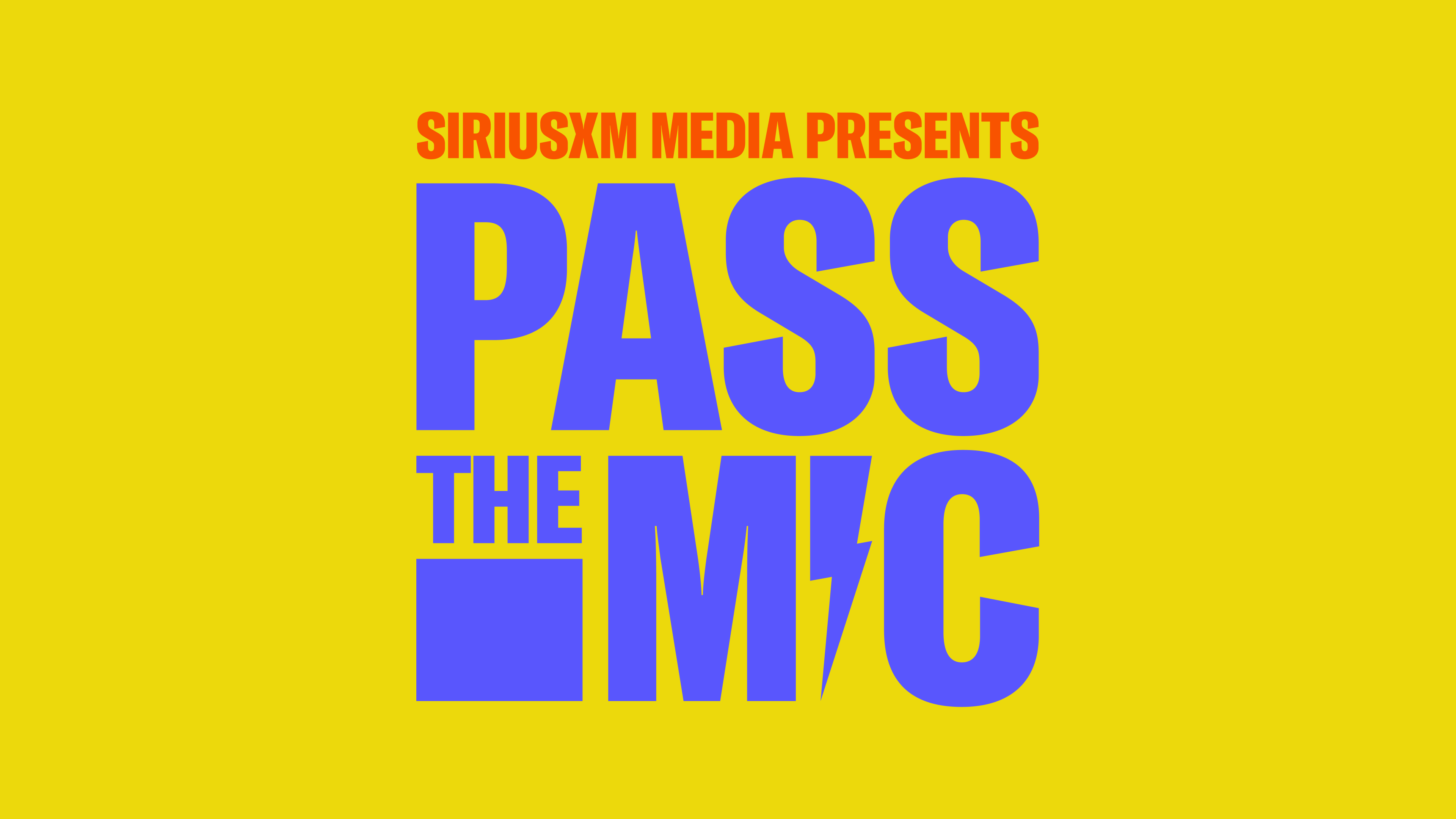AAPI: A Demographic Force to Be Reckoned With
May 22, 2020To say the least, 2020 has been a blur.
The year began with a historical moment of the entire cast of the South Korean film Parasite stepping on The stage of the Academy Award, winning not just best international film (formerly titled as “best foreign language film”) but also for best picture, best director, best original screenplay, best production design, and best editing.
The night it happened, social media blew up with reposts of overflowing excitement, joy, and ultimate pride shared amongst the Asian Communities and the audience that enjoyed the award-winning film. At last, recognition of creativity and excellencies are not bound by the language barrier or the 2-inch barrier of subtitles.
More importantly, the industry is beginning to recognize the importance of inclusivity. We begin to witness gestures that strive beyond implanting one token stereotypical Asian character who is either geeky, a doctor, sidelined to 3-4 episodes of appearances, or worse, played by a White actor. The Oscar Night highlighted what unites the population of Asian descent in America: creative expressions, representations, and voices. It also shows that this demographic is to be reckoned with.
The characteristics of the Asian American population are complex and diverse. Their rich history and cultures root to 20 countries in East and Southeast Asian and the Indian Subcontinent, each carrying their own unique attributes—including history, culture, languages, and music. To fill the void of lack of Asian American representations in mainstream media, many have turned to music.
Ranging from Japanese City Pop to K POP phenomena, to Bollywood Music, to Mandarin Love Songs and Cantonese classics, music has been presenting Asian talents to a broader audience and connects people by their shared passion. Music also validates and connects the duality of both their Asian and American identities, to one another, and to the rest of the world. Many 2nd or 3rd generations were first exposed to their parents’ roots through the classic tunes played during the car ride to school, or the music playing in the background in their grandparents’ living room.
Music penetrates into our everyday lives and propels transformative elements. The universal language of music breaks the barrier of the spoken words and connects individuals with tonalities and melodies. The intersection of cultures and trends unveils itself within the chorus and beats. Over the years, we have witnessed more cross-nation collaborations amongst artists, and the beauty of integrations of American R&B or Hip Hop into Asian music.
When you think about the connection between music and 22.6M Asian Americans, it is far more intertwined than the notion of stereotypes. The obligatory violin, piano, or flute lessons in early childhood (for some, or many) is only a small puzzle. My sisters, my friends and I grew up listening to an array of music, ranging from genres and eras, switching between languages. For us, the idea of having Jay Chou and Frank Ocean in the same playlist for Chill Tunes isn’t odd. In fact, we are so accustomed to switching between languages in our day-to-day, that what we listen to is a melodic reflection of our identities.
As a leader in the music industry, it is crucial for Pandora to highlight Asian American and Pacific Islander women who are making waves in the audio industry and opening up doors for others.
Mini Mic: Grace Kim, Entertainment Lawyer & Partner, Grubman Shire Meiselas & Sacks Mini Mic: Crystal Park, VP Industry Marketing, Pandora Artist Feature: Ann One, Artist & Producer
Related Insights
 Digital Audio
Digital AudioQ & A: The Power of Audio for Retail Media Network Campaigns
Apr 24, 2024 DE&I
DE&I"Be brave and figure it out," Ritu Trivedi from Mindshare
Apr 24, 2024 Digital Audio
Digital AudioDigital Audio Makes Sports Campaigns A Slam Dunk
Apr 23, 2024 Digital Audio
Digital Audio7 Takeaways and Opportunities from the Infinite Dial Report
Apr 23, 2024



